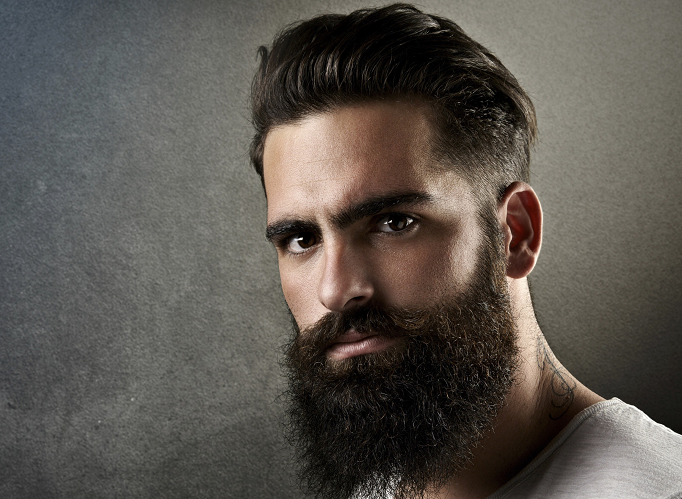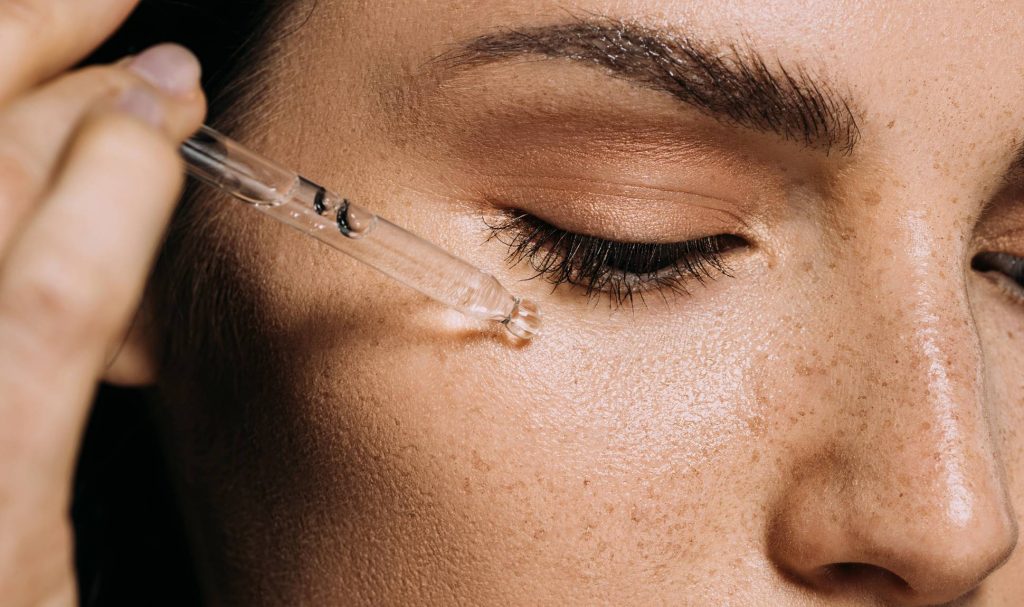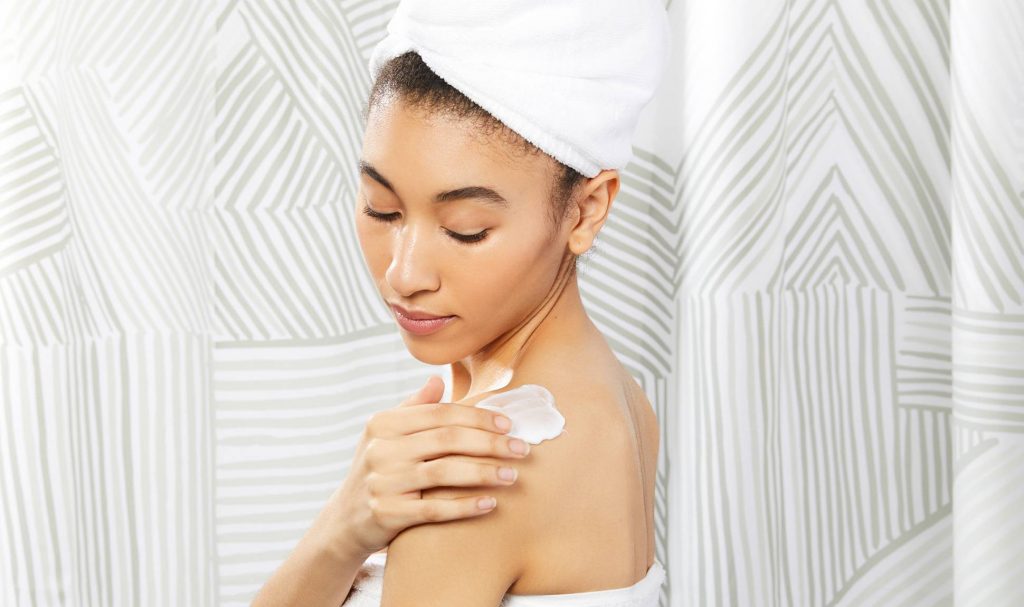Despite claims that beards are “over” or that they simply “aren’t cool anymore,” the fuzzy face remains popular with British men – and there are hidden benefits.
Not only have beards been scientifically proven to make men more attractive, research has unveiled that the grizzly beards boast a big health benefit too.
Beards can protect you from 90-95 per cent of harmful UV rays with a UPF (ultraviolet protection factor) of up to 21, a study by professors at The University of Queensland has previously revealed, and experts have backed up the findings to The Independent.
“While beards will never be as sun-safe as sunscreen, they certainly are a factor in blocking UV rays,” lead author Professor Parisi explained in the study.
The lower exposure to UV could also mean that beards delay the ageing process, keeping the protected skin youthful and wrinkle-free.
Plus, bearded folk are also less likely to contract skin cancer.
“Sun exposure is the primary cause of photo-ageing and skin damage so it makes sense that if your face is covered by a heavy beard, it may well protect your skin from the signs of ageing,” explained Dr Adam Freidmann.
“This means fewer wrinkles and a reduction in age spots (liver spots) commonly found on the face,” the Harley Street dermatologist told The Independent.
The same consensus applies to those with plenty of hair on their heads, explained Freidmann.
“People with a thick head of hair do not tend to get skin cancer or photo ageing on the scalp until they lose their hair. So we can see that there is a UV protective effect,” he said.
However, as one dermatologist points out, it’s not a matter of mere stubble keeping you safe from harm.
“UV protection depends on the thickness and density of the beard,” Dr Anil told The Independent. In other words, the fuzzier the beard, the better. “There needs to be more studies but the current evidence does suggest that facial hair can protect against sun damage,” he added.
The study was conducted using mannequins who were left to sizzle in the sun, some with full beards, others partially-bearded whilst some were bare-faced.
Scientists rotated the heads to ensure that each mannequin was exposed to an equal amount of sunlight, after which they measured the radiation levels that had been absorbed by each one.




